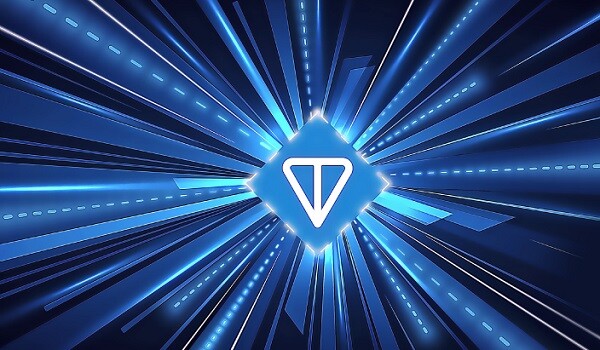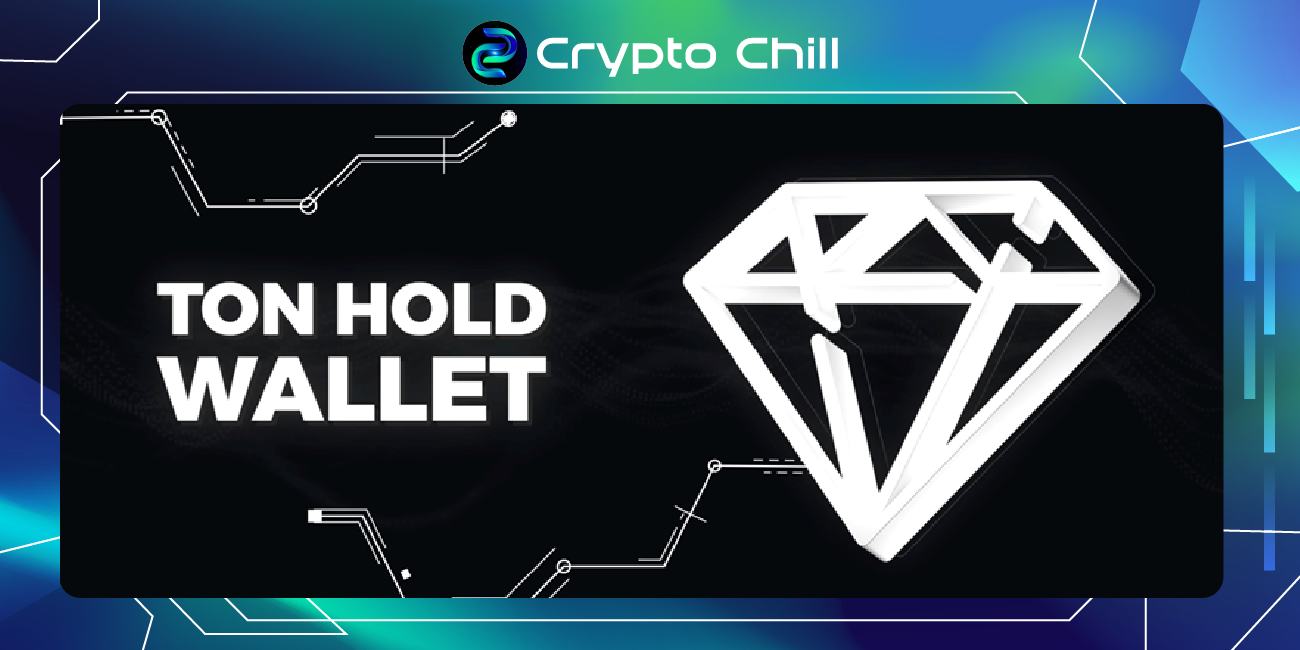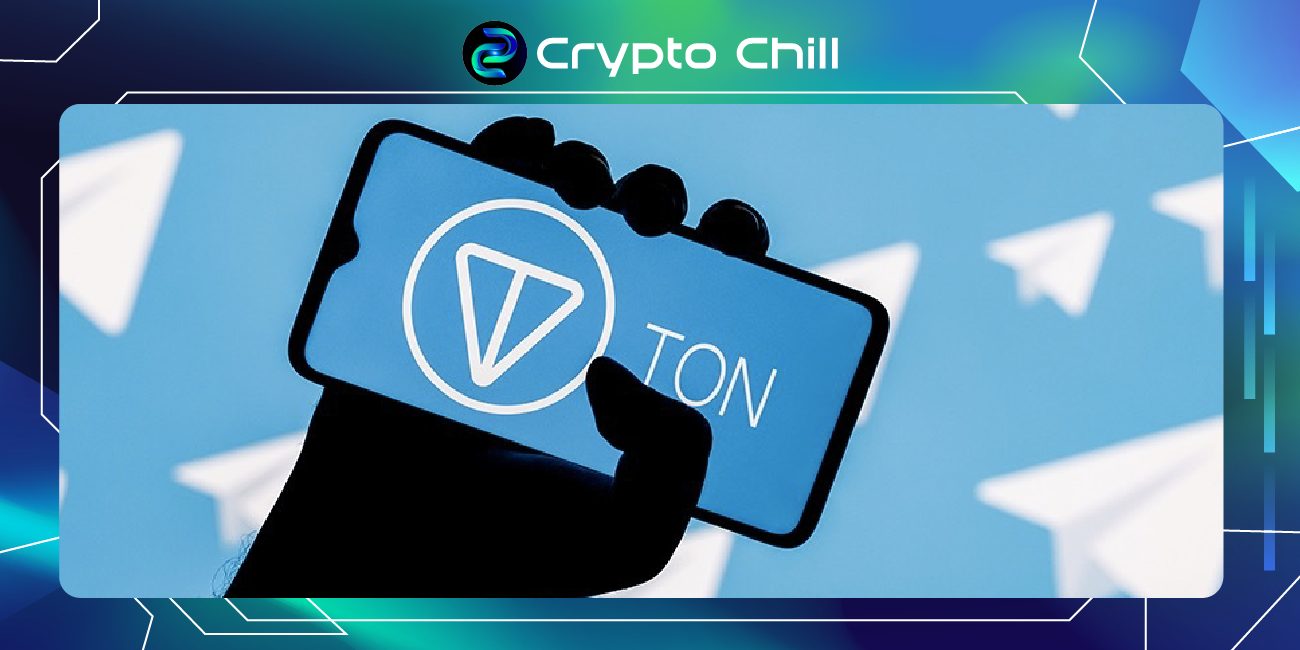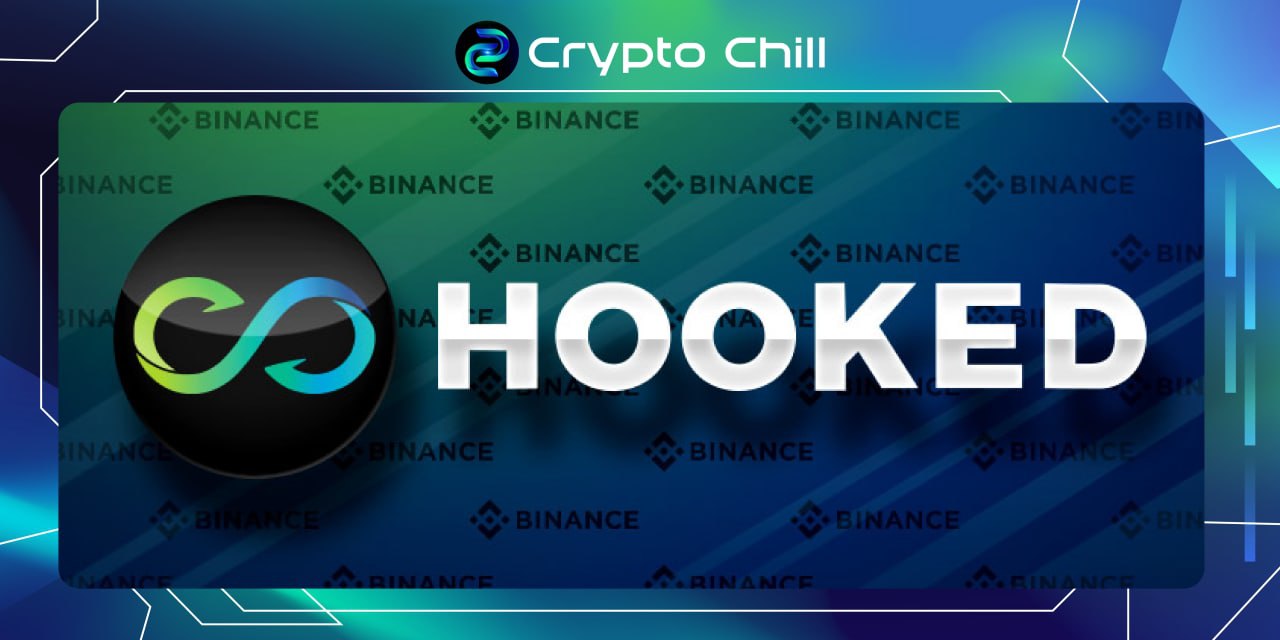
Telegram is an open-source cross-platform messaging tool (similar to WhatsApp, Facebook Messenger, and WeChat), created by “Russian Zuckerberg” Pavel Durov in 2013, which now has 180 million users and more than 70 billion messages per day. Due to its encryption technology and privacy, Telegram is also the most popular communication software among those in the cryptocurrency market.
However, Telegram is not happy with just one communication software when implementing the ecosystem with Toncoin (TON) as the lead. Currently, the project has raised $850 million to develop the TON open-source network.
What is TON and what are its advantages?
TON’s full name is The Open Network, which is a Layer-1 blockchain designed by Telegram for billions of users with scalable and fragmentable performance. TON has over 85 million network transactions, 1.4 million accounts, 240 verification nodes, and 171K Twitter followers. According to OKX data, TON’s current network circulation market value is $2.561 billion, ranking it 23rd in the entire network.
Blockchains lack scalability and user-friendly interfaces, making it difficult for users to access and use regularly. For this reason, TON was created to try to change this situation. A representative of the TON Foundation said in an interview: “TON is prepared for millions of users, and one of our goals is to make the blockchain network as easy and fast as the applications that users are already familiar with on a daily basis.”
TON was born to solve the problems of chain scalability and interaction, including the set of main chains, active chains, and segment chains.
- The main chain is the main blockchain, which contains all the information about the current protocol and parameters.
- A chain of work is a blockchain that processes smart contract transactions.
- Further fragmentation of the workflow will become the fractional chain.
Through dynamic workflows and segmentation, TON can verify and process millions of transactions per second, quickly achieving scalability and large-scale interactivity, making instant messaging possible for any two blockchains. In addition, to address security issues and maintain decentralization, TON uses a proof-of-stake (PoS) consensus mechanism and allows validators to add new blocks on top of any invalid blocks. After the FTX incident, the cryptocurrency industry fell into a crisis of confidence, and the growth of TON became one of the few ecosystems that maintained strong vitality.
History of TON
As early as 2017, Telegram developed a blockchain platform called Telegram Open Network (TON), issued Gram tokens, and conducted a public sale to investors in 2018. At that time, TON had raised nearly $1.7 billion.
In 2019, the U.S. Securities and Exchange Commission (SEC) accused Telegram of issuing Grams without registering with the SEC, which violated the U.S. Securities Act and prohibited Telegram from issuing Grams and any other tokens globally. That caused Telegram to abandon its open network Telegram, and the two-and-a-half-year blockchain project stopped updating.
The demise of the original TON project did not affect their ambitions. Soon after, a community of developers named Newton replaced Telegram to continue research on TON. Newton was founded spontaneously by the community and independently of Telegram, and changed its name in 2021. For the TON Foundation, TON has also been changed from the original Telegram network to Toncoin (TON) now. Although Telegram is no longer involved in any of TON’s technical development activities, CEO Pavel Durov still supports the TON Foundation and the TON blockchain.
On 12/4/2022, the TON Foundation officially announced the launch of its first ecosystem fund, the TONcoin Fund, and received support from organizations such as the Huobi Incubator, KuCoin Ventures, MEXC Pioneer Fund, 3Commas Capital, TON Miners, and Kilo Funds, with a total of more than $250 million. The funds will be used to fund incubators, organize hackathons, fund educational programs, and fund development projects on TON.
The latest TON ecosystem
Toncoin (TON) aims to be the easiest payment method to use, allowing users to send cryptocurrency to others in chat like LinePay, compared to other blockchains such as Solana (SOL), Avalanche (AVAX), BNB (BNB) or compared to Web3 Metamask wallet, Toncoin is simpler and more user-friendly in terms of operation. Toncoin also uses Telegram’s huge user base to make cryptocurrency payments.
In addition, in terms of practical application, Toncoin can not only send and receive TON directly in chat rooms like Line Pay but can also interact with the TON Foundation’s wallet robot to buy, trade, and send Bitcoin (BTC), and can use credit cards to buy cryptocurrencies. According to TON Foundation statistics, more than 800,000 Telegram accounts have used this function. Also, in terms of mining, Toncoin uses PoW just like Bitcoin and uses computers for mining, but according to the TON Foundation, Toncoin will soon adopt PoS and deflation over time.
The combination of Toncoin and Telegram also allows cryptocurrencies to unlock more payment methods, which could become the pioneer of global crypto payment services and promote payments to replace traditional payments as the primary payment method for international transactions.
TON wallet robot
In April 2022, the TON Foundation announced that it would provide Telegram with a new @wallet wallet robot and that more than 500 million users could directly send and receive Toncoin as well as buy Bitcoin in Telegram. Users no longer need to enter lengthy wallet addresses and wait for verification to complete transactions; now the TON Foundation offers a simple, fast, convenient, and free alternative. The current supported fiat currencies for buying and selling Toncoin are the dollar, euro, Ukrainian hryvnia, Belarusian ruble, and Kazakh tenge.

Users do not pay any fees for buying cryptocurrencies on Telegram through the wallet robot, but for each transaction completed, the seller will be charged a commission equivalent to 0.9% of the sale price. Currently, the app can only be used to buy Toncoin and Bitcoin. However, the TON Foundation is planning to expand to more cryptocurrencies, and I believe it won’t be long before crypto assets can be traded freely on the TON wallet.
In addition, to transfer cryptocurrency using the P2P function on Telegram, users need to register with The Open Network. A representative of the TON Foundation highlighted this feature, saying: “The wallet bot team is making strides in this direction; now you can buy, exchange, and send Toncoin to your contacts without leaving Telegram.” There is no need for long addresses or special applications. “We think projects like this are the future.”
Fragment
Fragment is an NFT trading platform that provides a place for all users to purchase NFTs securely and anonymously. All transactions are based on the TON blockchain, originally developed by Telegram and traded in Toncoin (TON).
Earlier this year, the TON Foundation conducted a domain auction, in which wallet.ton and casino.ton sold for between $260,000 and $240,000, which also made TON realize the commercial value of usernames, website domains, groups, and channel URLs in the social sphere, so Fragment was born.
The NFT auction of Telegram usernames (usernames) began early, with the user’s username placed in a personal Telegram ID. In the social sphere, whether it is Twitter or a user’s personal ID, it can be revoked by the platform at any time or soon registered by others. For users, everyone desires an ID that can show personality; they can choose to abandon the current ID for a better ID account. This means that personal IDs actually have a certain level of circulation on social media, and the emergence of Fragment has brought value to circulation by creating greater value.
TON virtual phone number

Recently, TON and Fragment launched a virtual phone number starting with +888. An important use of this number is to sign up for Telegram, and of course it can also be used to link TON wallets and the like. This virtual number is defined as an NFT product written on the TON blockchain, which means that as long as users are willing to spend money, they can sign up for Telegram without needing a real mobile phone number. Not only can this protect user privacy, but proprietary virtual numbers resemble mobile phone numbers and license plates, expressing the user’s personality. Some special virtual numbers are also very valuable to collect. Users can turn them into virtual numbers of NFTs that are sold for cash.
The use of virtual numbers is also considered a new trend in the NFTization of Web2 social accounts. In the past, NFTization of social accounts was done through usernames or avatars. Based on the understanding of blockchain and cryptocurrencies among Telegram users, the virtual number launched by TON will soon attract more and more users to participate, and the NFT virtual number trend will also be popular on social media, such as Twitter, Meta, Discord, and many other platforms that will soon launch their own NFTs in the future.
Conclusion
Other Layer-1 blockchains took years to do what TON did in just one year: create a full ecosystem with all the necessary products and services, like tokens, NFTs, Web3 wallets, trading platforms, and other DeFi services. Most blockchains are behind TON when it comes to how fast and flexible transactions are. If TON keeps making great progress like this, the TON ecosystem will continue to surprise us. It is my sincere hope that the information presented here has been of assistance to you in comprehending what TON is, how it operates, and how to proceed with making investment decisions that are appropriate and sensible.
Disclaimer: The information in this article is not investment advice from CryptoChill. Hopefully, the above article helped you understand about Toncoin for users.







No Comment! Be the first one.